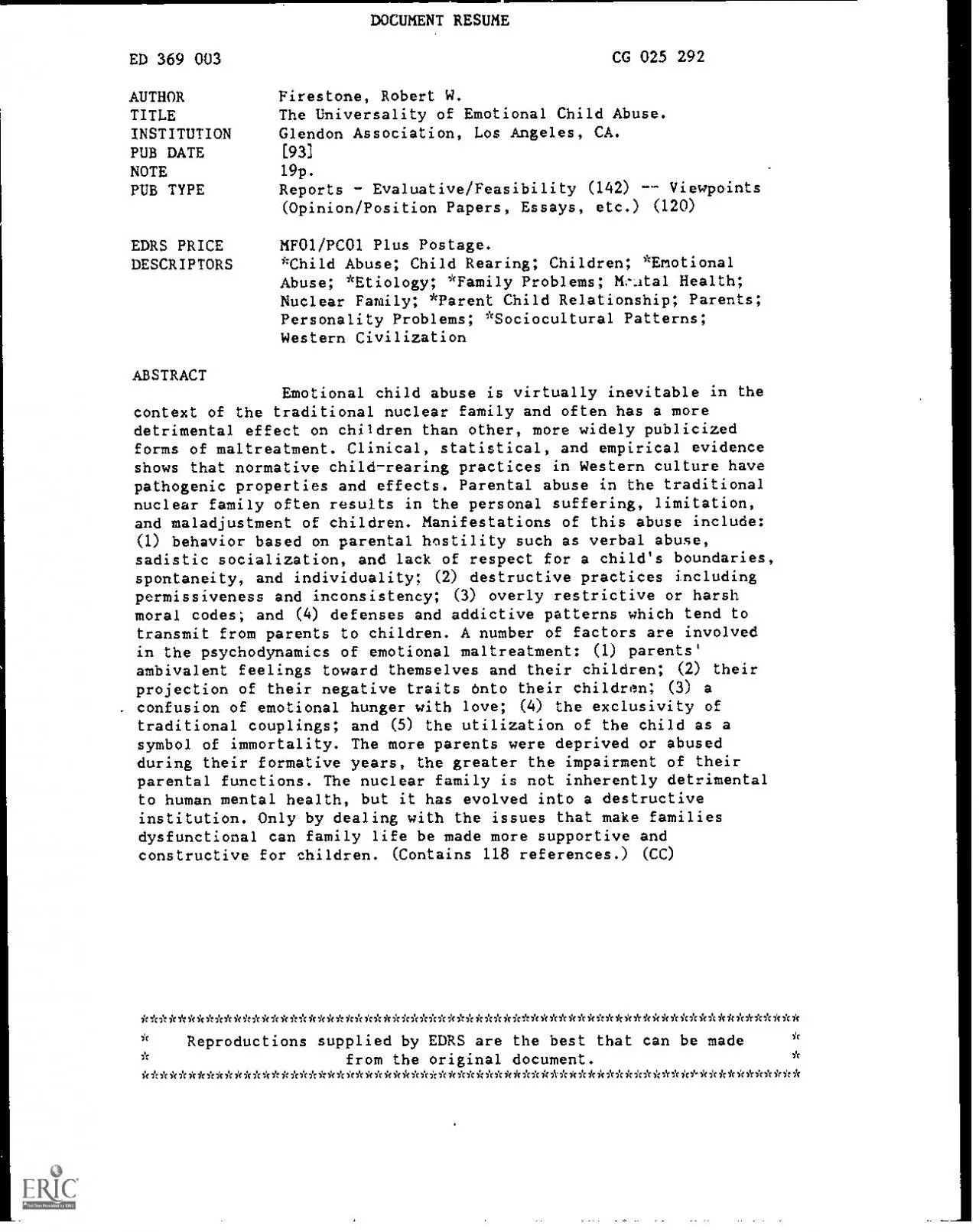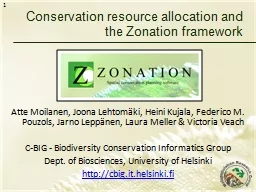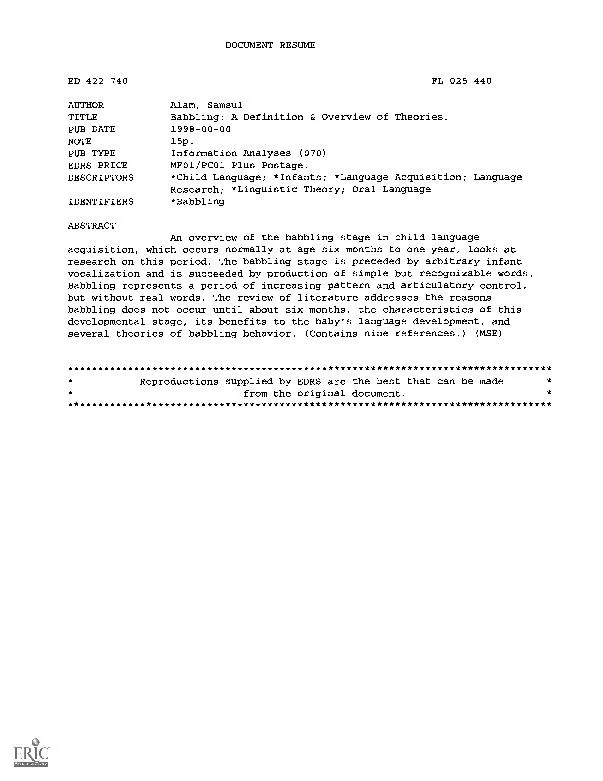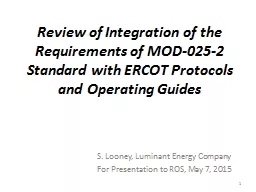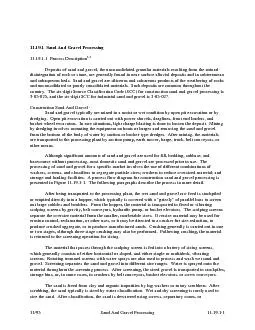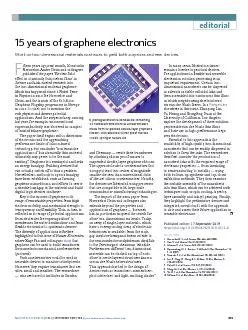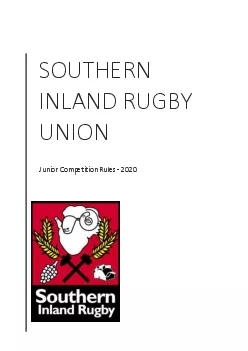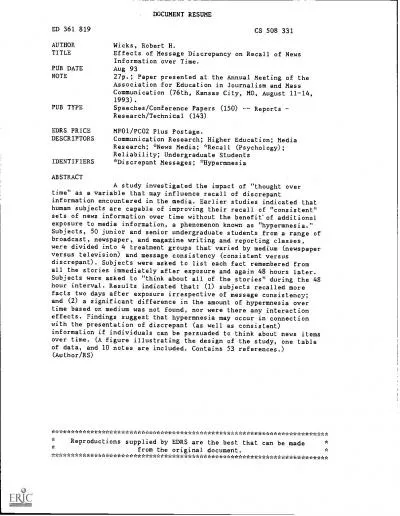PDF-DOCUMENT RESUMEED 369 003CG 025 292AUTHORFirestone Robert WTITLEThe
Author : everly | Published Date : 2022-09-07
US DEPARTarAT OF EDUCATIONOtlce of Educemnal Research and ImprovementEDUCATIONAL RESOURCES INFORMATIONCENTER ERICC This document has been reproduced asreceived trom
Presentation Embed Code
Download Presentation
Download Presentation The PPT/PDF document "DOCUMENT RESUMEED 369 003CG 025 292AUTHO..." is the property of its rightful owner. Permission is granted to download and print the materials on this website for personal, non-commercial use only, and to display it on your personal computer provided you do not modify the materials and that you retain all copyright notices contained in the materials. By downloading content from our website, you accept the terms of this agreement.
DOCUMENT RESUMEED 369 003CG 025 292AUTHORFirestone Robert WTITLEThe: Transcript
Download Rules Of Document
"DOCUMENT RESUMEED 369 003CG 025 292AUTHORFirestone Robert WTITLEThe"The content belongs to its owner. You may download and print it for personal use, without modification, and keep all copyright notices. By downloading, you agree to these terms.
Related Documents

